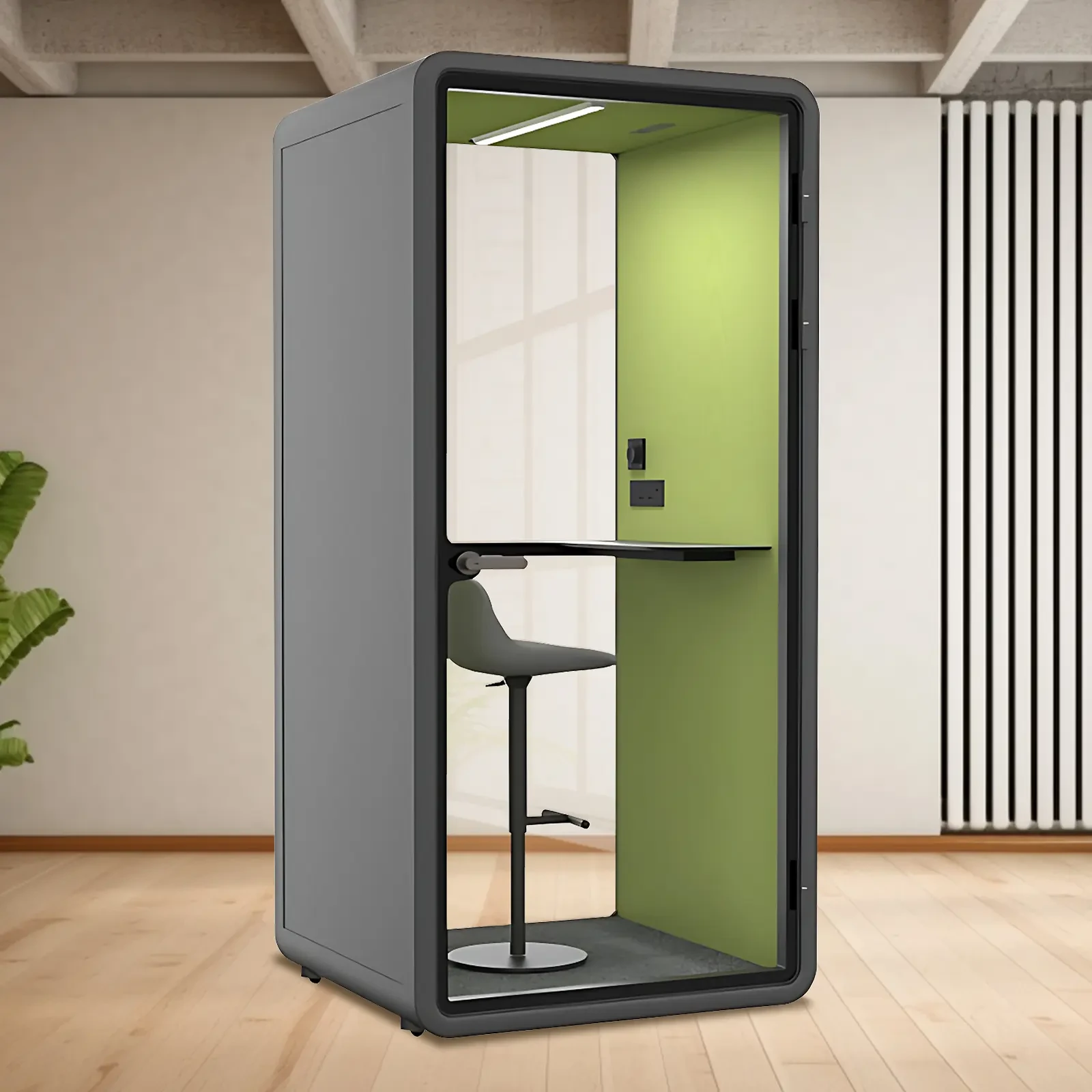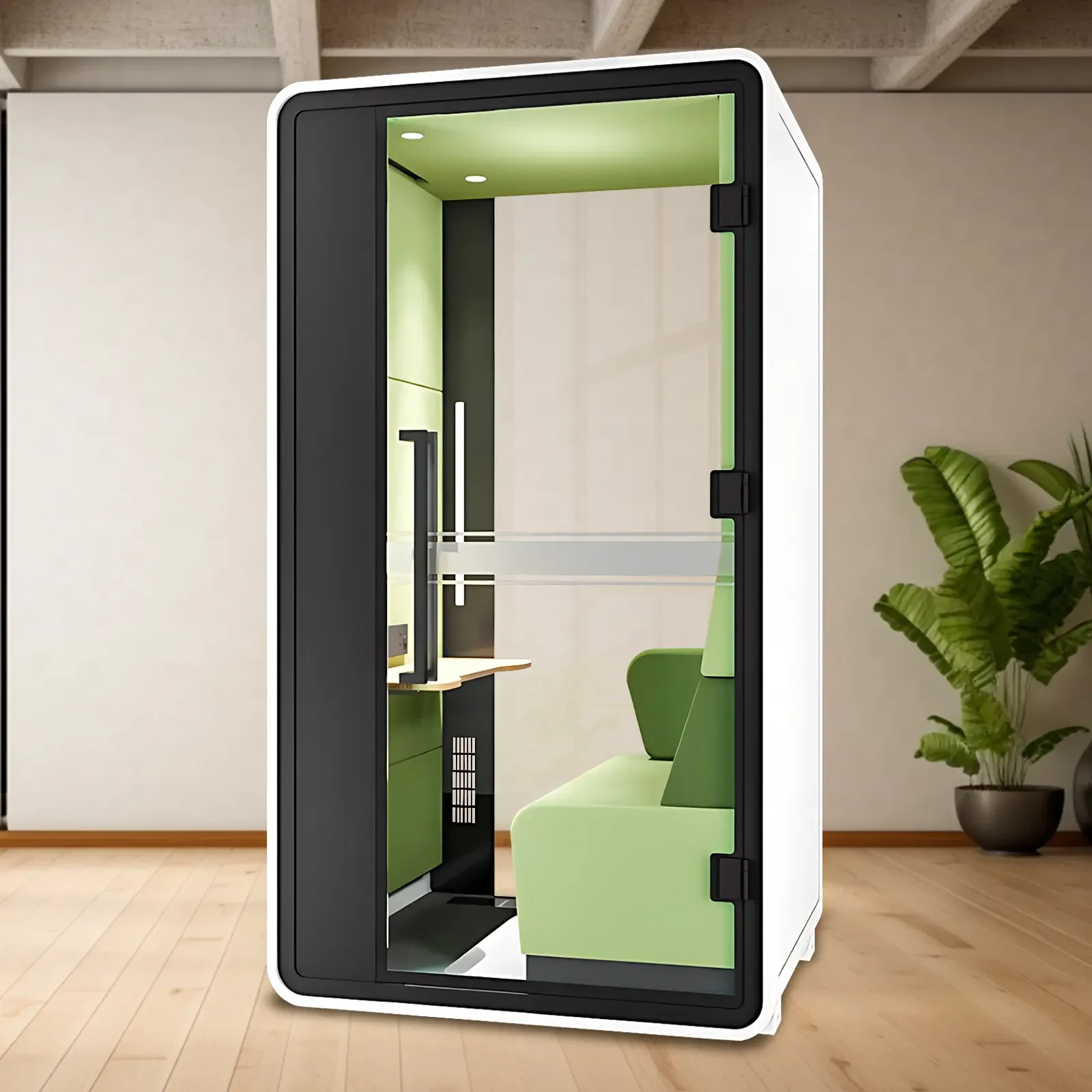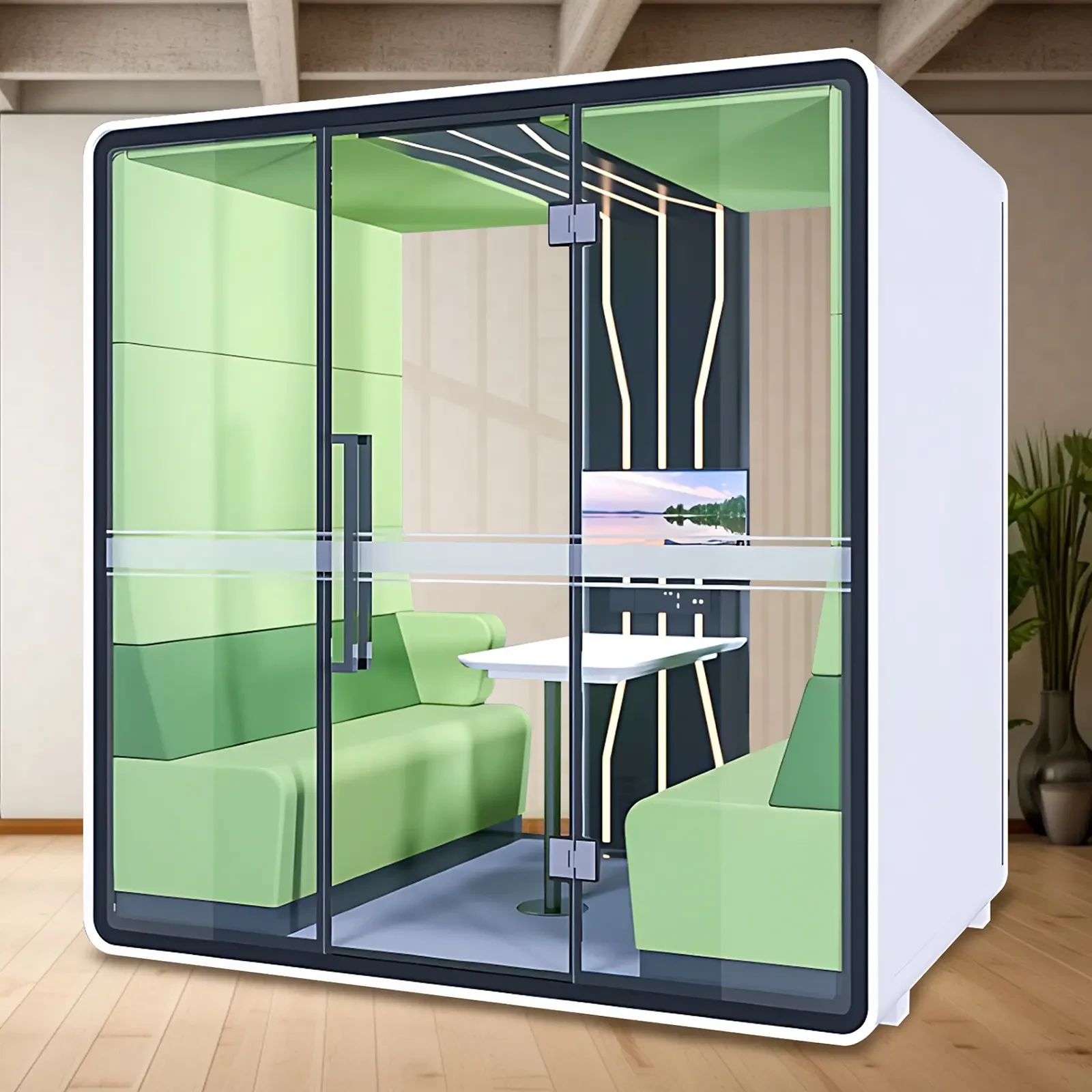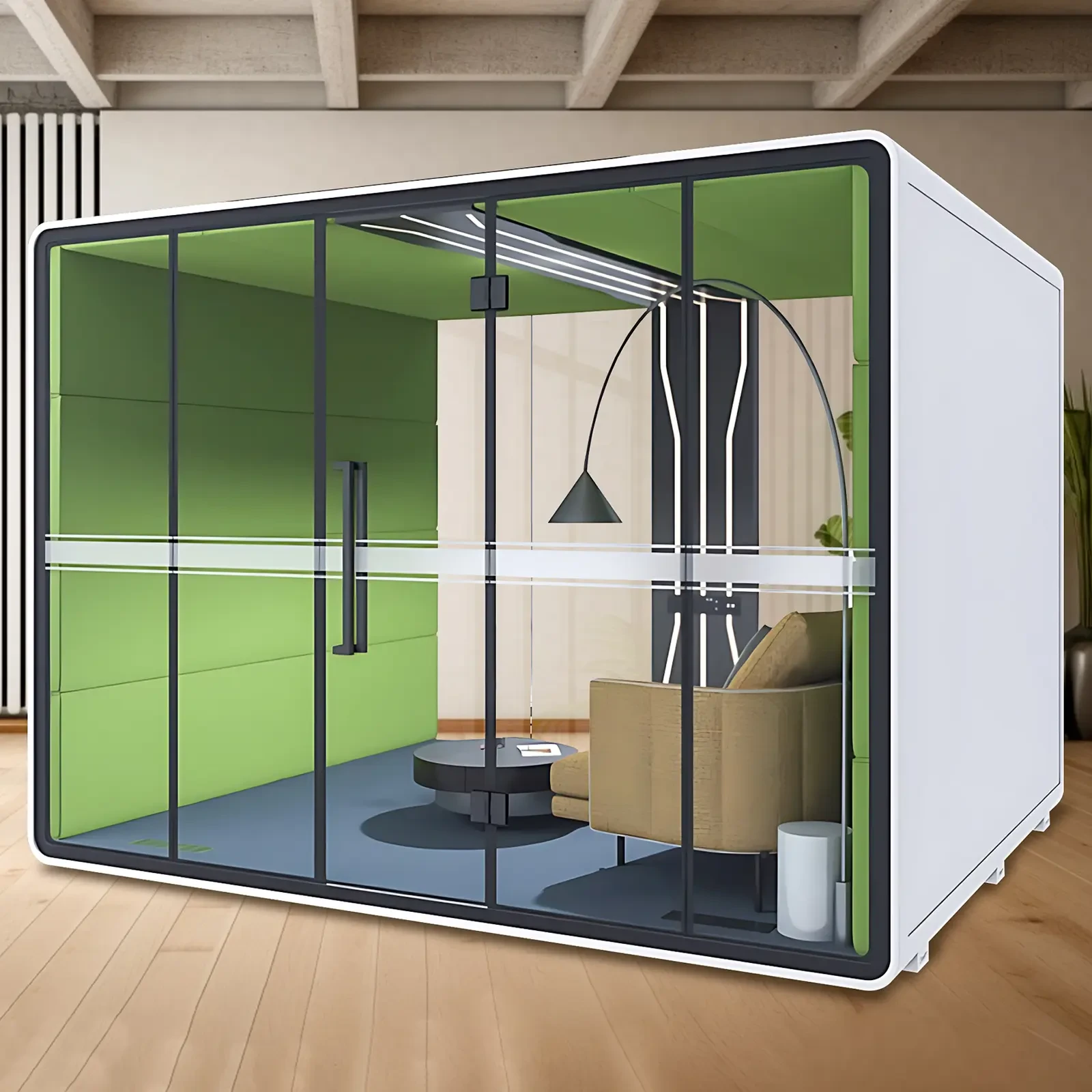Unwanted sound in recordings of all kinds—from music to voice—can make the difference between an acceptable recording and a stunning one. That’s why sound studio soundproofing is important. The defining factors that influence the quality of the final output—in any professional or creative audio environment—are clarity, precision, and purity of sound. Achieving this standard requires an environment where unwanted external noise is blocked and internal acoustics are perfectly balanced, which is why sound studio soundproofing is such an important part of constructing (or renovating) a space that’s used for music production, voice recording, or any sound-related project.
We soundproof the space in several ways. The first is treating the four surrounding surfaces: wall, ceiling, floor, and even the smallest gaps therein. We make sure that no sound can get through. And then, we make sure that—if sound were to get through—it would be perfectly balanced (internal acoustics) so that, if you were to listen with exceptional clarity to any note, tone, or word, you wouldn’t hear distortion or anything that’s of a lesser quality. The second is ensuring that no sound can get out.
The Science Behind Superior Soundproofing
When designing a sound-focused space, it's necessary to view sound as a form of energy that moves in waves. These waves bounce off surfaces and transfer through walls, ceilings, and floors unless the surfaces have been treated to prevent these movements. Advanced architectural acoustics and modern building materials have made it possible to create spaces that maintain an isolated sound environment.
Successful sound studio soundproofing requires controlling two kinds of noise: airborne noise, which travels through the air, and impact noise, which moves through solid structures. Soundproofing techniques usually involve strategic layering and density control, plus the intelligent integration of materials designed to disrupt the path of sound vibrations before they reach the sensitive area.
Elements That Affect Acoustic Isolation
The fundamental effectiveness of a soundproof room is greatly influenced by several architectural and design elements. These are thickness, density, and missing structures of walls; kinds of insulation material; and good engineering design that prevents any leakage of sound. That's all fairly basic stuff, and one really should know it inside and out because it affects not only the performance of a soundproof room but also the performance of the undertakings that are done in and around it.
Achieving the Perfect Balance Between Silent and Acoustically Controlled Studio
While keeping unwanted noise out is essential, a truly high-performing studio also requires control over how sound behaves within the room. A completely silent but overly reflective space can produce echoes, reverb, and distortion that can compromise recordings.
Yet, most commercial studios—"hi-fi" or otherwise—commit at least one of the seven deadly sins of acoustics and will almost certainly foul up some aspect of recording or mixing. Basement studios are better known for unwanted noise, a lack of isolation, and non-compliant structures that fail to ensure a good acoustic space.
Deriving Lasting Value from Professional Soundproofing
Choosing high-quality soundproofing is an investment that pays off long after the immediate recording project is at an end. It pays off in the daily operation and functionality of the space, as it helps to keep noise complaints to a dull roar (or more often, a whisper); it helps to keep the studio usable for the variety of recording tasks that go on within it without the necessity of amping up the audio editing tools to dangerous levels for human ears; and, it pays off as a late-night working space, keeping disturbance of the kinds that lead to complaints and/or regret for the unregistrable preceding.
Tailoring Soundproofing to Studio Requirements
Every studio is unlike any other, and the requirements of a compact voiceover booth are worlds apart from those of an expansive recording hall. For this reason, the soundproofing of a small studio must be crafted specifically for the unique attributes of its space—that means its size, intended use, and the ingenious architectural design that already exists within it. This makes soundproofing a small studio not just a science but an art as well. And this is why, when offered the opportunity, I always insist on soundproofing not just any studio but one that speaks to every artist in their genre.
Aesthetic Considerations in Acoustic Design
The functional aspect of sound studio soundproofing is the main event, but what shouldn’t be overlooked is the space’s visual appeal — a studio that’s both technically sound and looks great is far more conducive to the creative process than one whose looks and acoustics haven’t been harmoniously resolved.
Sleek and modern, the soundproofing of this studio complements that atmosphere. The wall treatment is minimal; the room itself looks unimpeded. And yet, inside this space — which could have easily become an echo chamber, given the presence of hard surfaces everywhere — the acoustics perform at a level that suits anything from a whispered lullaby to a full-on rock concert.
The Blue Soundproof Booth - Modern Office Pod with 30dB Isolation & Lighting is a sleek and compact office pod measuring approximately 59.05 inches by 49.21 inches. When it comes to assembling a workspace that is not only versatile but also quiet, you cannot go wrong with a soundproof pod. This is just how far the booth accomplishes its task with a special internal structure of 10mm laminated tempered glass, toughened for ten times the strength of regular glass; it reinforces the aluminum base frame that surrounds the pod. Not only do these layerings afford you a noise reduction of 25–35 dB, but they also ensure that the booth has a quite lovely, daylit space in which to work, study, or game.
Recommendation
If you're aiming for the utmost in sound isolation and acoustics, X-comfot has your number. We sell suites engineered with precision for exactly that kind of performance—and for good reason. Our company's designs not only bring the noise and keep it outside where it belongs, but also create a space that's visually appealing and as much a part of any audio work as the audio itself sound studio sound proofing. For their painstaking approach to that whole shebang, X-comfot gets a big thumbs up.

 USD
USD
 GBP
GBP
 EUR
EUR






